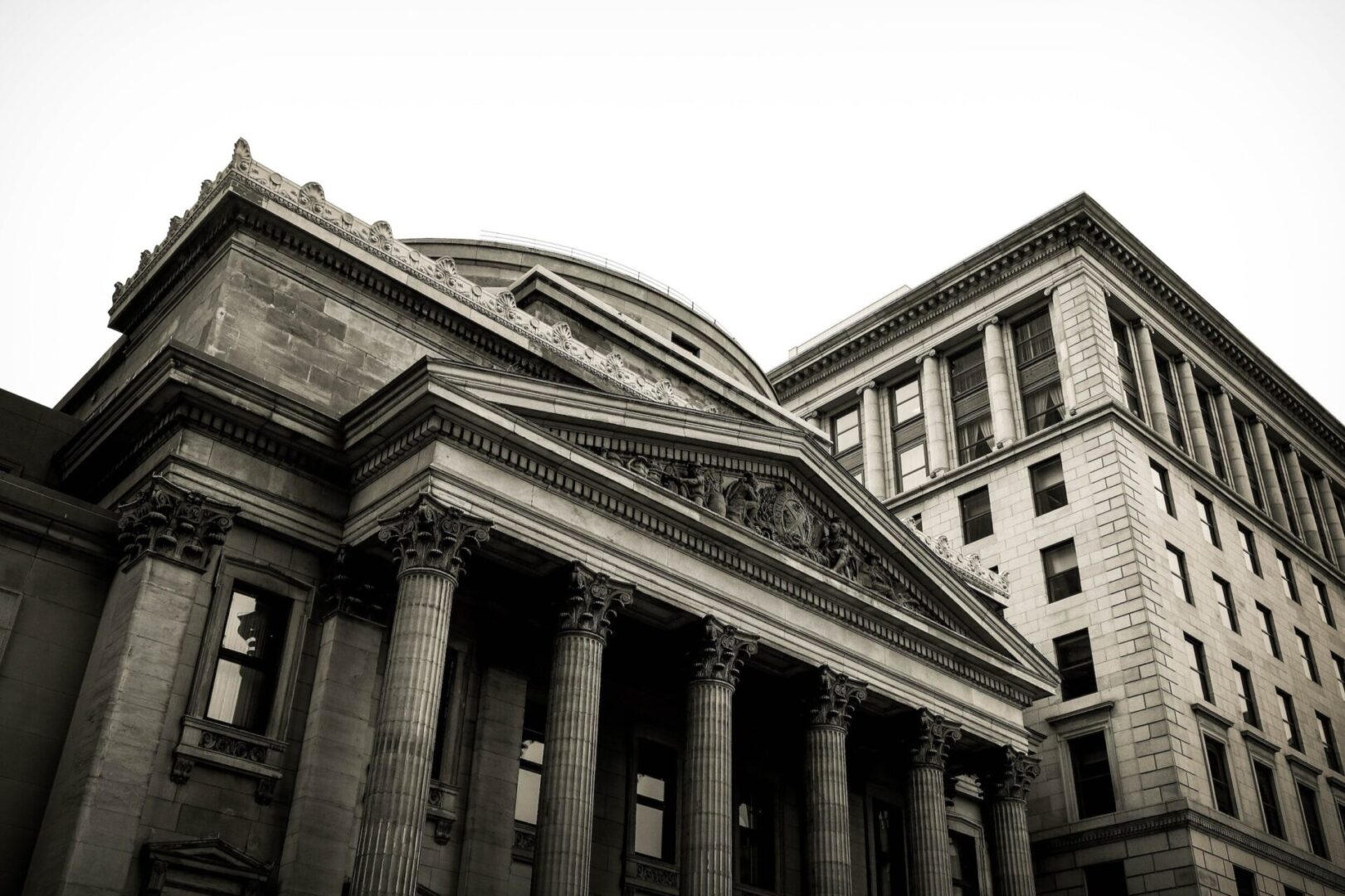Yesterday’s headlines were clear: The Fed was leaving interest rates unchanged. Clear – if you know what the heck such a sentence even means. If you feel out of the loop, you’re not alone.
Table of Content

Wedged between Taylor Swift updates, “The Fed” has been a regular feature in the news over the last couple of years. For an agency given a one-syllable nickname, its role sure is complicated. Who – or what – is “The Fed” anyway, and how do they get to decide what interest rates…everyone…changes for…everything?
Here’s the skinny (as skinny as we can make it.)
Simply put, an “interest rate” is the cost of borrowing money OR the reward for saving or investing money. When you borrow money, you pay interest on top of the amount you borrowed. When you save or invest money, you earn interest on your savings or investments.
Got it. So what’s “The Fed” have to do with that?
The Federal Reserve, often just called the Fed, is the central bank of the United States. Its role is to keep the nation’s financial system stable (translation: to keep things from getting cray-cray).
The Fed’s main tool for influencing interest rates is its “Federal Funds Rate,” also known as the interest rate paid/earned by banks to borrow or lend money to each other overnight. If the Fed lowers the federal funds rate, it becomes cheaper for banks to borrow money. That leads to lower interest rates for consumers and businesses.
When prices rise too quickly (“inflation”), the Fed raises interest rates to make it harder to borrow, resulting in fewer dollars demanding goods and services. Lower demand should keep prices from getting out of control. That’s the idea, anyway.
How the Fed’s Decisions Affect You
Now that you understand the role of the Federal Reserve, let’s explore how their decisions impact your daily life:
1. Loans:
When the Fed lowers interest rates, borrowing money becomes cheaper. This is good news if you plan to take out a loan for a car, home, or education. Lower interest rates mean lower monthly payments and less overall cost. However, when the Fed raises rates, borrowing becomes more expensive. That’s what’s happened over the last year. Prices got out of control, so the Fed raised interest rates, and now, it’s wildly expensive to borrow money to buy a house or a car.
2. Savings:
On the flip side, lower interest rates mean that you’ll earn less interest on your savings accounts or investments. This can affect your ability to grow your money over time. When the Fed raises rates, savings accounts and other fixed-income investments become more attractive. Right now, savings accounts are getting record interest – great news for savers.
3. Inflation:
The Fed uses interest rates to control inflation, which is the rise in the general level of prices. High inflation makes the dollars in your pocket less valuable. If the Fed perceives inflation as a threat, it may raise interest rates to curb spending and keep prices stable. That’s exactly what it’s done for more than a year.
The bottom line? The interest rates that affect everything in our financial lives, whether borrowing, saving, or spending, are influences by a powerful group of bankers at the Federal Reserve. What they decide in their meetings affects us all. Thus, the headlines. Okay, back to Taylor Swift watch.

